“Are the Romands Swiss?”
14.08.2014 – Andrea Kucera
In response to the clear rejection of the mass immigration initiative in French-speaking Switzerland, doubt was cast over the patriotism of the French-speaking Swiss – such misgivings were publicly expressed, for example, by Christoph Blocher, the central figure in the Swiss People’s Party (SVP). The “Maison du Dessin de Presse” (House of Press Caricatures) in Morges is currently holding an exhibition to present press cartoonists’ view of the referendum outcome.
Switzerland put itself in a difficult position on 9 February 2014, and many people would say it has actually marginalised itself. The approval of the initiative against mass immigration is seen as a turning point in relations between Switzerland and the EU. The referendum is also having an impact on cohesion between the various parts of the country. The Romands in French-speaking Switzerland were outvoted by a majority of German-speaking Swiss (52% in favour) and Italian speakers in Ticino (68% in favour). In French-speaking Switzerland, around 58% of voters opposed the initiative. The phenomenon of the Röstigraben (a notional dividing line between the French and German-speaking parts of Switzerland) is once again on everyone’s mind. The fact that Christoph Blocher announced shortly after the referendum, in an interview with the “Basler Zeitung”, that the French-speaking Swiss had always had a less well-defined sense of Swiss identity, which explained why the majority opposed the proposal, has added fuel to the fire.
The Röstigraben as a halfpipe
The “Maison du Dessin de Presse” in Morges explores the issue of whether the French-speaking Swiss are actually less patriotic in an exhibition that focuses on the ramifications of the adoption of the SVP initiative. The event is provocatively entitled: “Les Romands sont-ils suisses?” – “The Romands, are they Swiss?” Just short of 30 Swiss caricaturists and cartoonists who accepted the museum’s invitation and submitted work on the topic provide a wide range of answers to this question. Many illustrators avoid giving a clear answer and instead play with the question posed by parodying it. Orlando – one of the few German-speaking Swiss caricaturists on display – portrays Blocher as a ram kicking sheep that are not patriotic enough – in other words, the French-speaking Swiss – off the Swiss flag. Chappatte, probably the best-known French-speaking press cartoonist, comes up with the image of a border post between German and French-speaking Switzerland. “Vraie Suisse” (Real Switzerland) appears on a sign above the barrier that divides French-speaking Switzerland from the German-speaking part. The motif of division is one of the exhibition’s recurring themes. It crops up in many forms and variations – as a river, as a trench (Röstigraben), as mountains, as a canyon and even as an earthquake zone and as a halfpipe through which Blocher surfs on a skateboard.The exhibition clearly reveals that all the illustrators hold a negative view of the initiative and its organisers. In providing such an overview the exhibition also deserves credit for acknowledging contemporary creative work in an art form which is very popular in French-speaking Switzerland. Many drawings also suggest a power play between the various parts of the country – whether this is imaginary or real remains an open question. German-speaking Swiss are always depicted as being a head taller than their French-speaking compatriots. exhibition: Les Romands sont-ils suisses? Until 19 August at the “Maison du Dessin de Presse” in Morges.
Andrea Kucera is an editor with the “Neue Zürcher Zeitung”
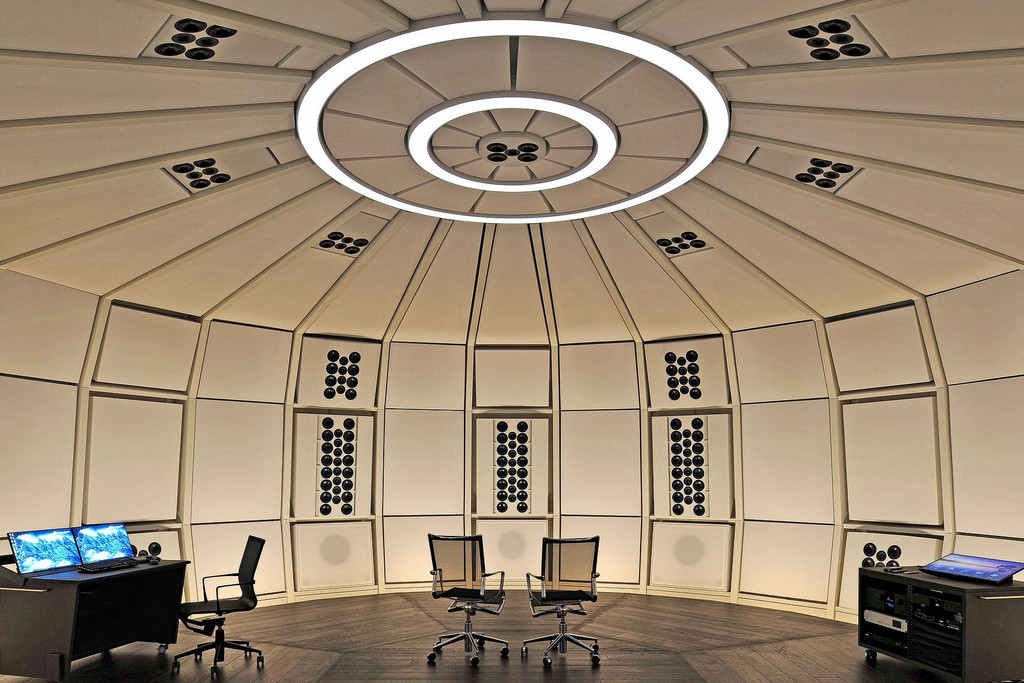
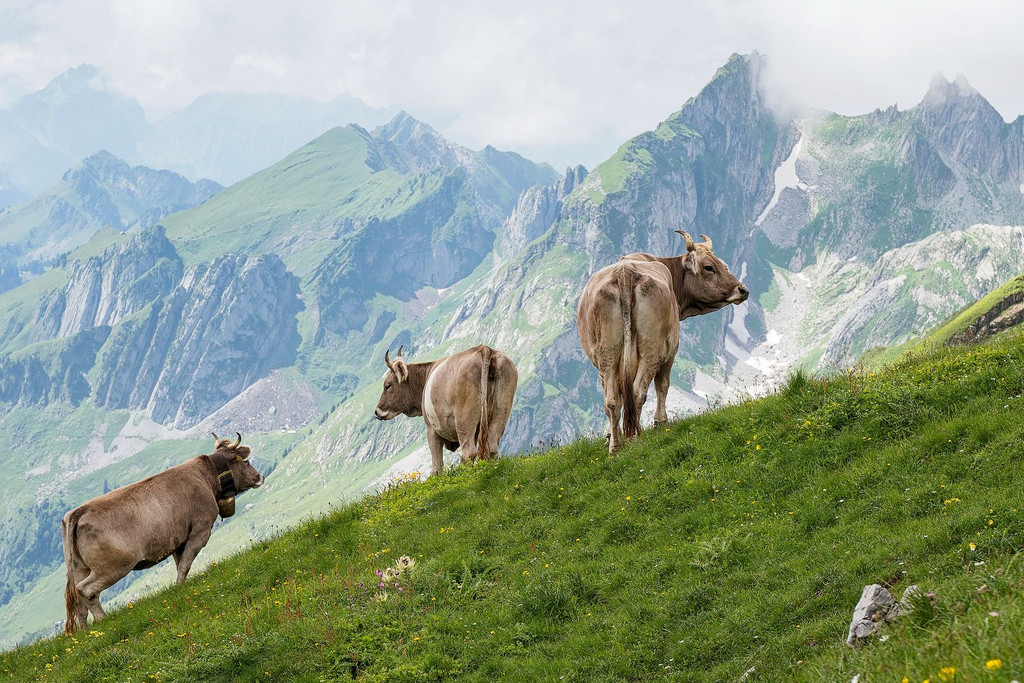
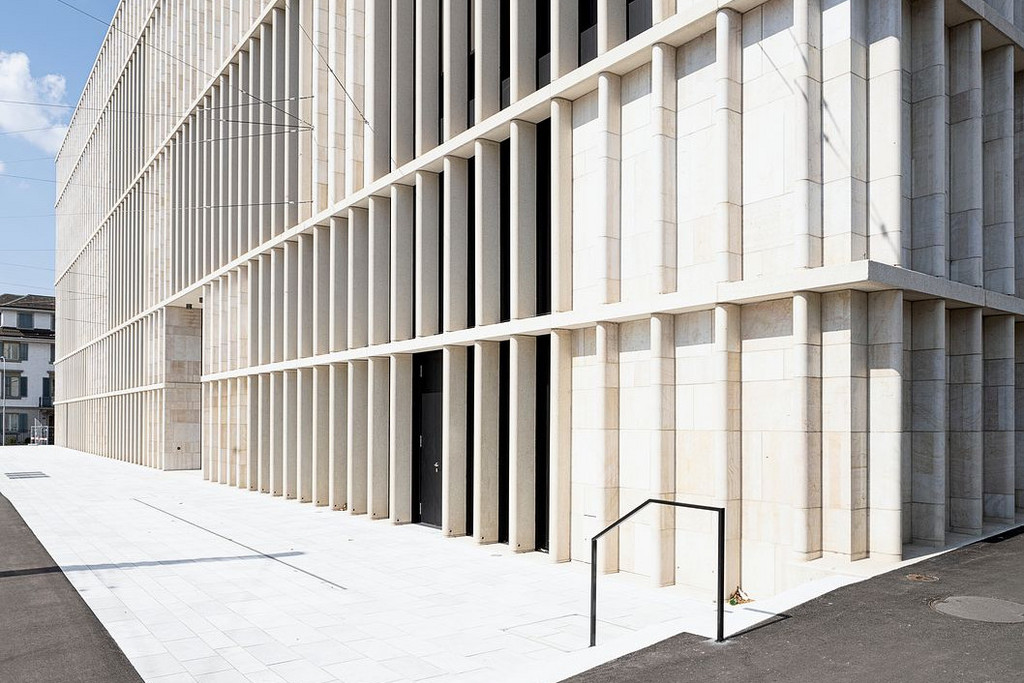
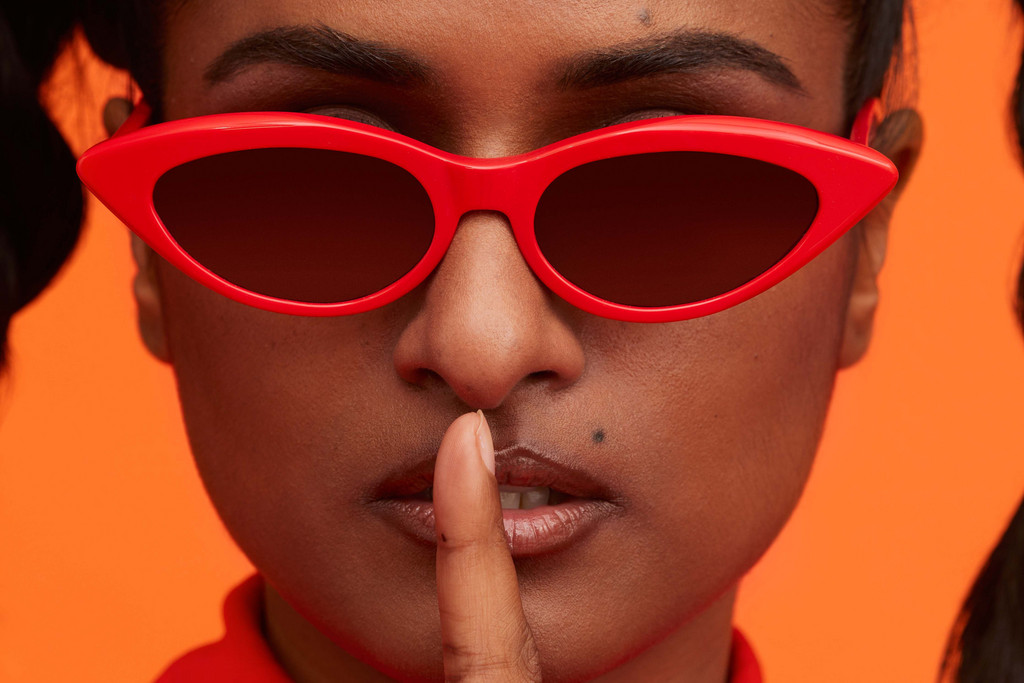
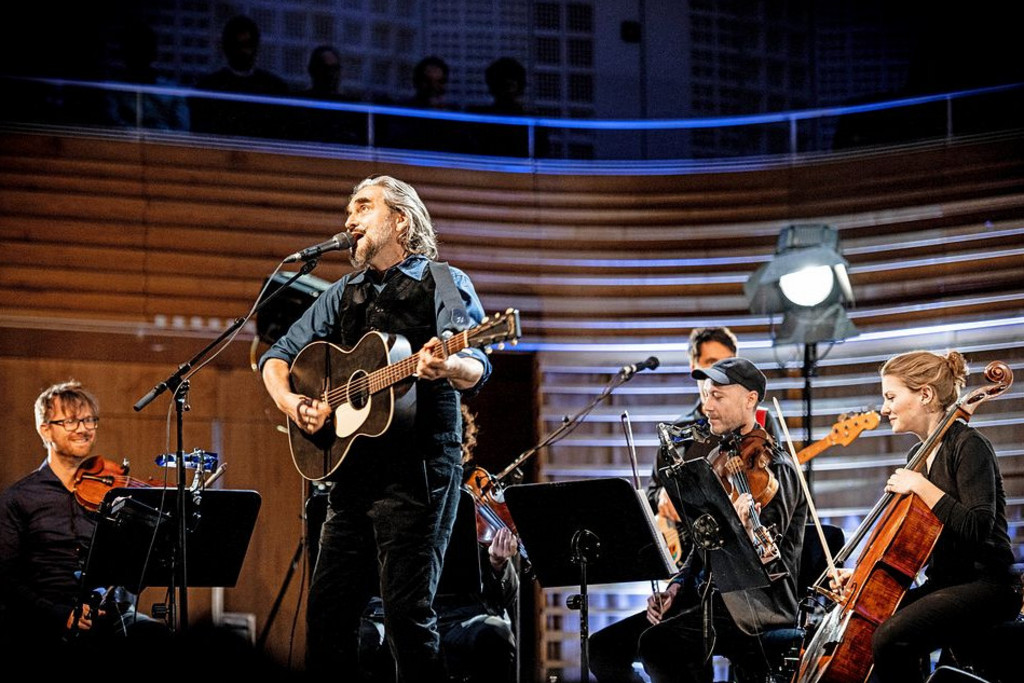
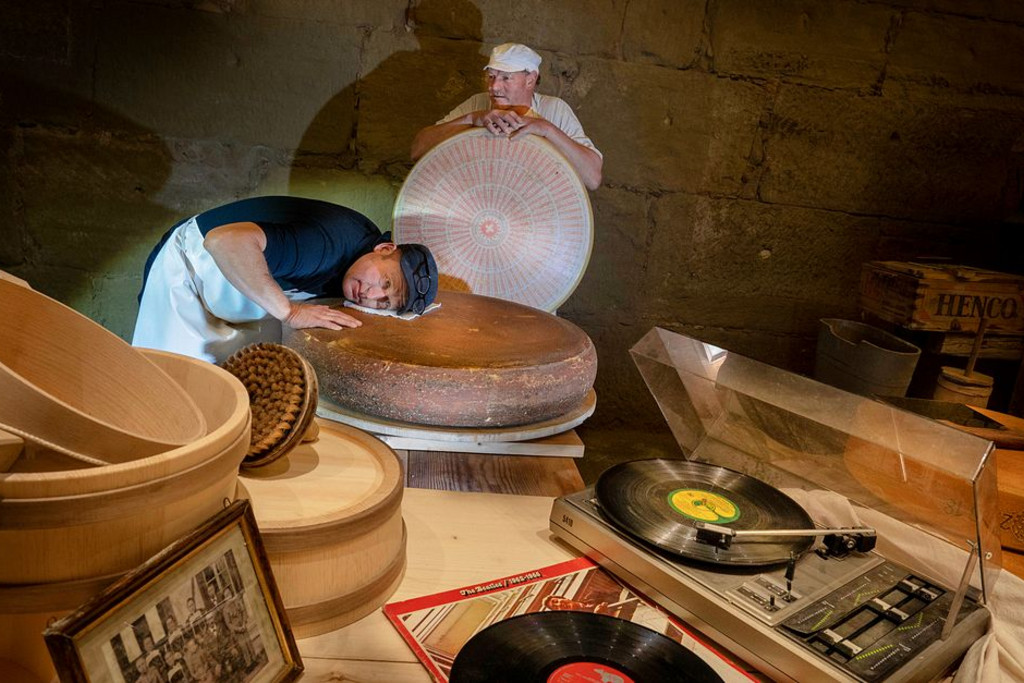
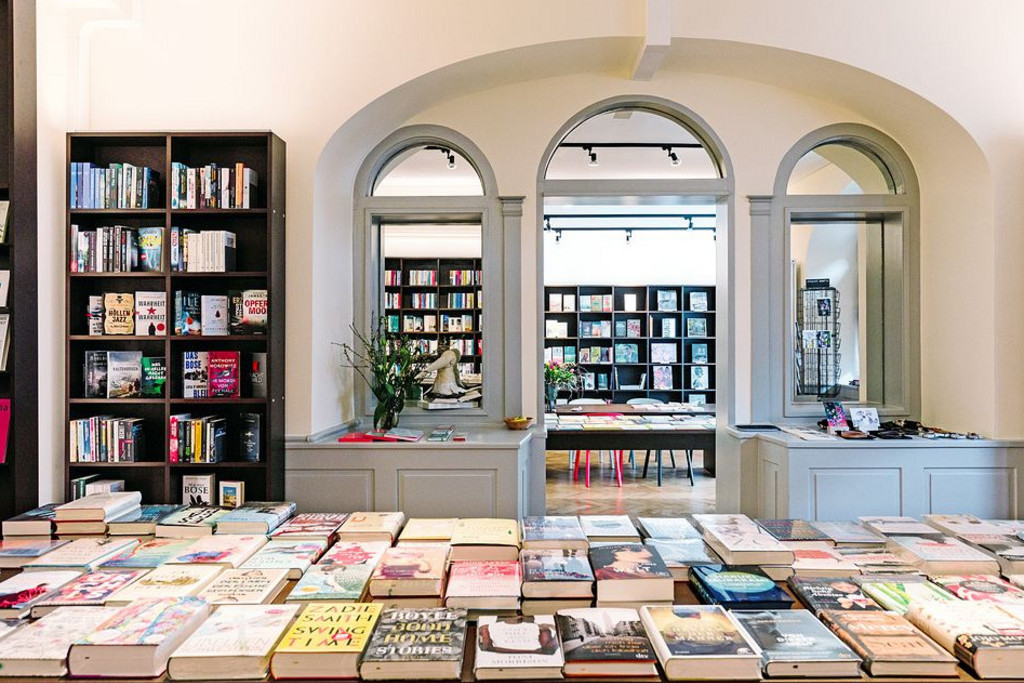
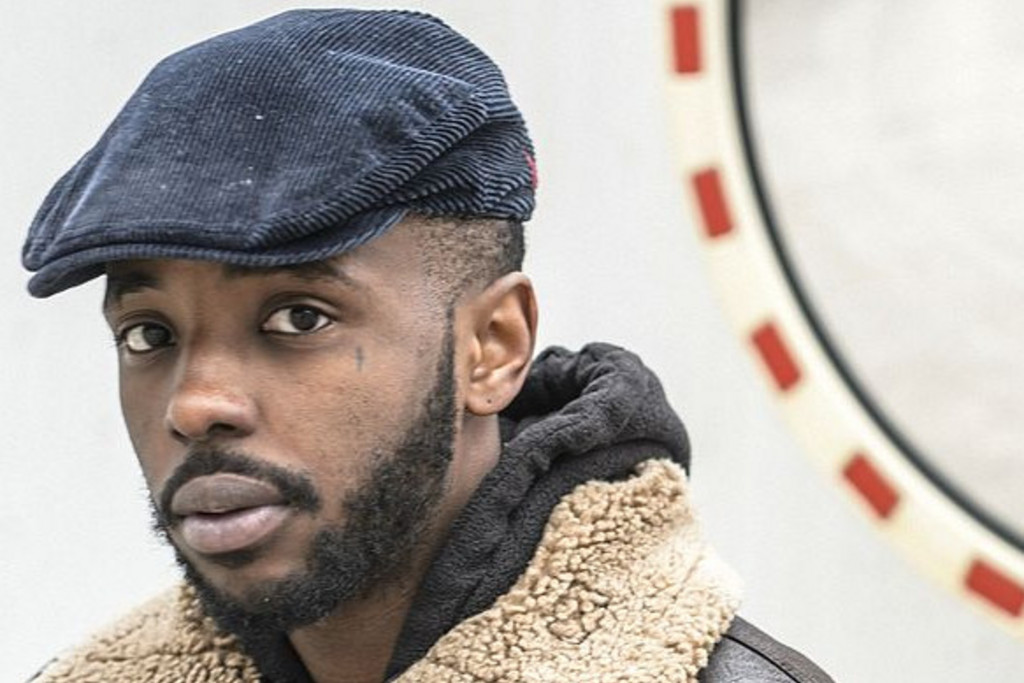



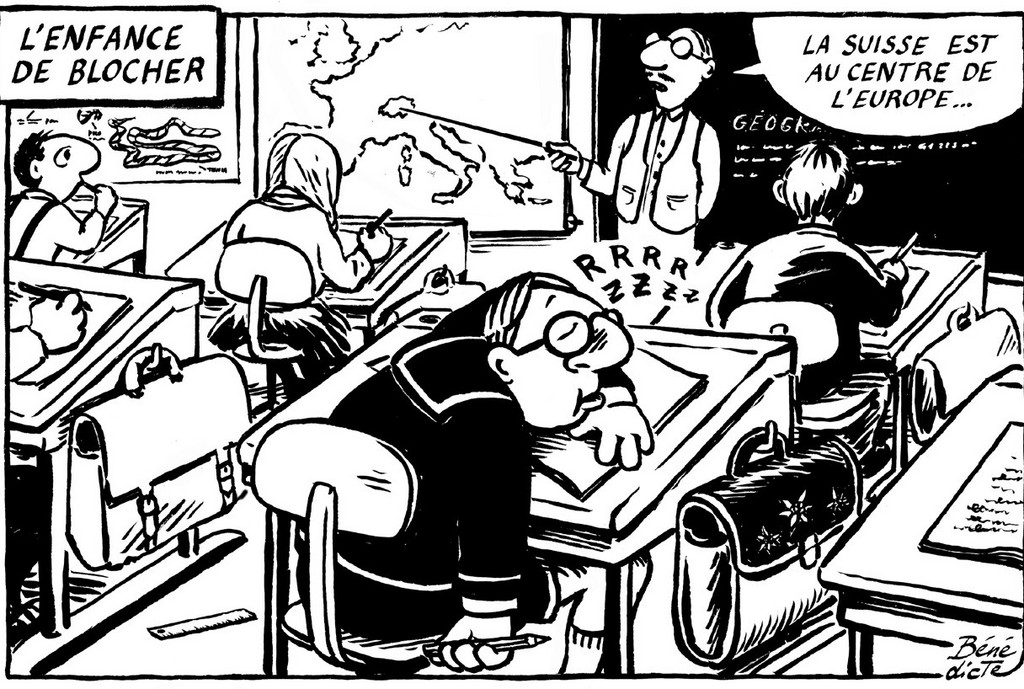
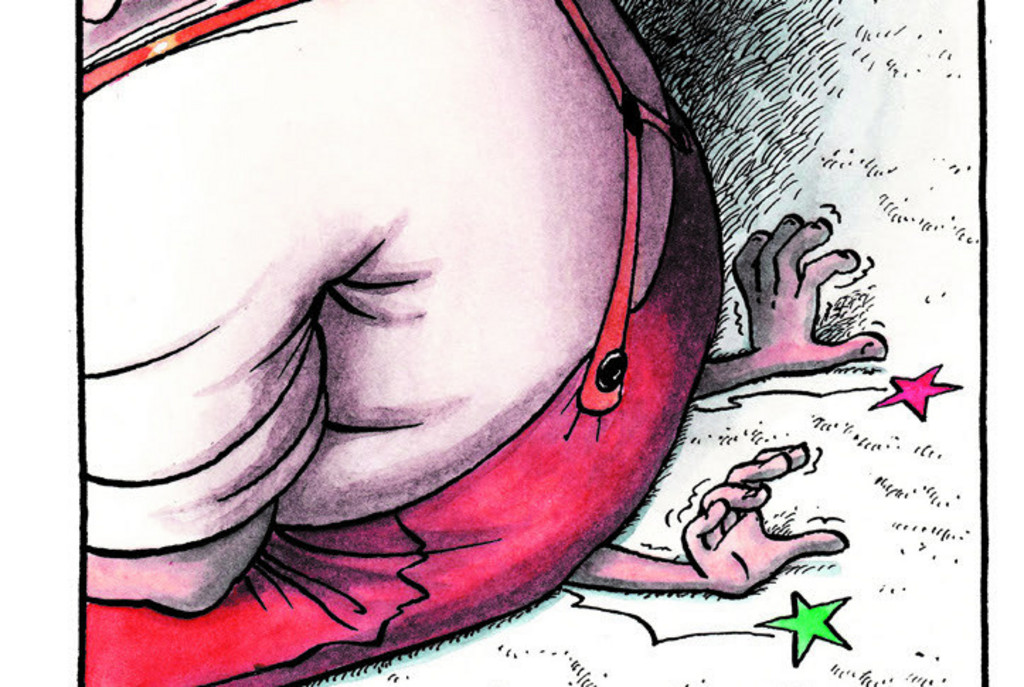
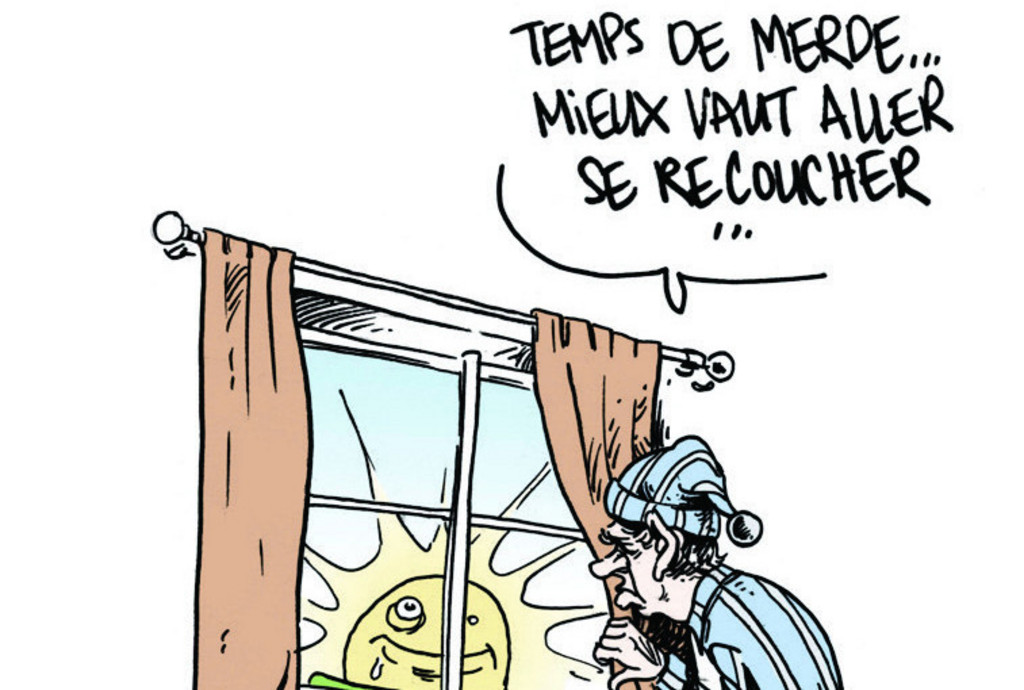
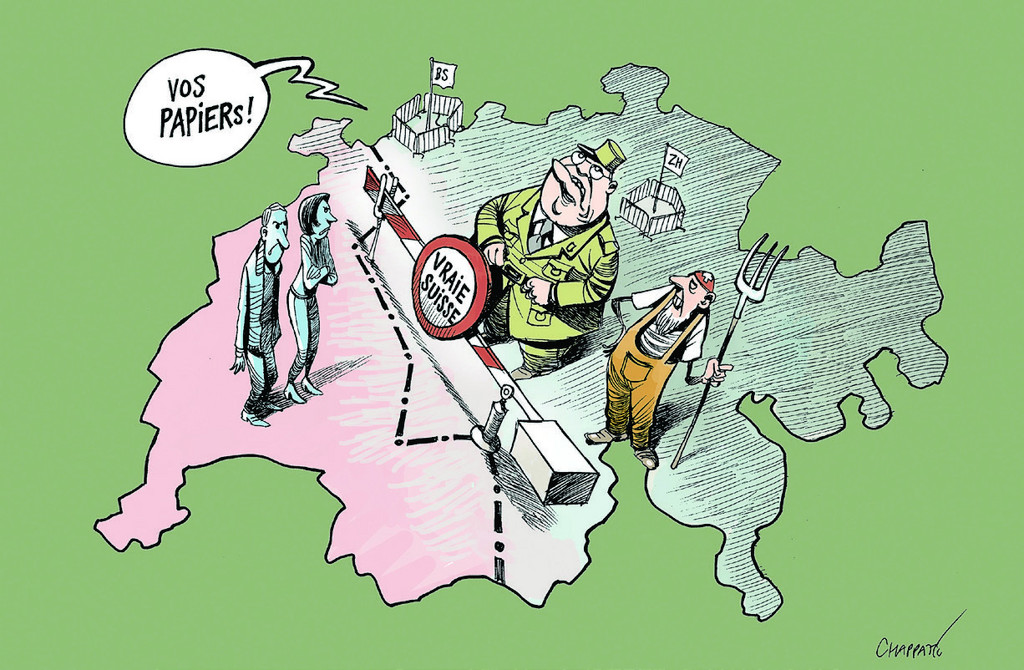
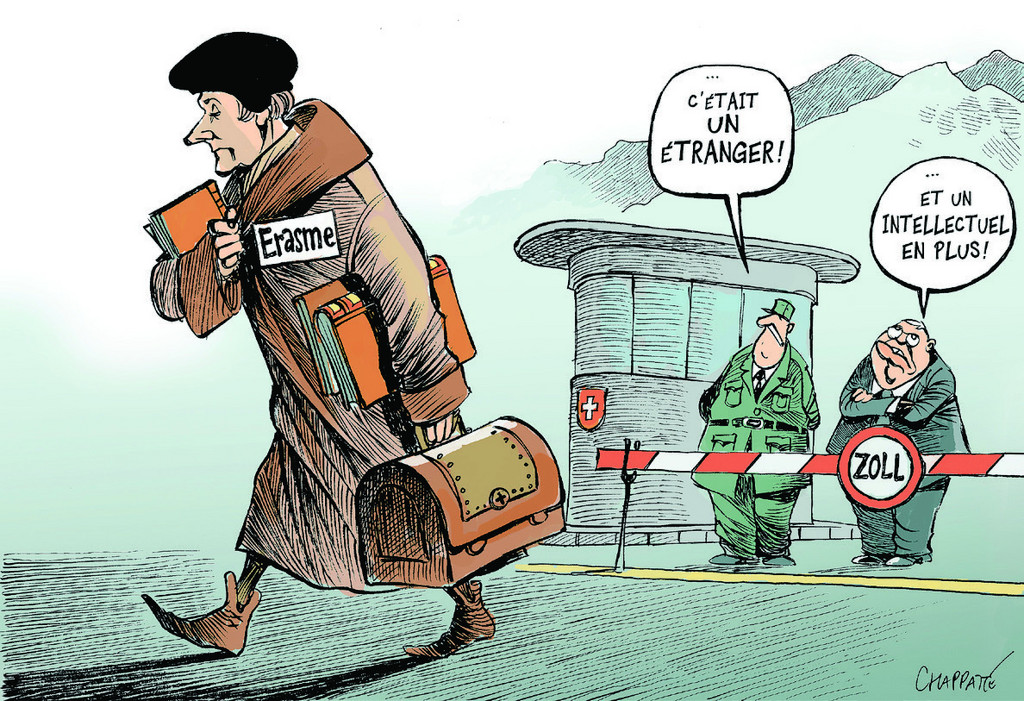

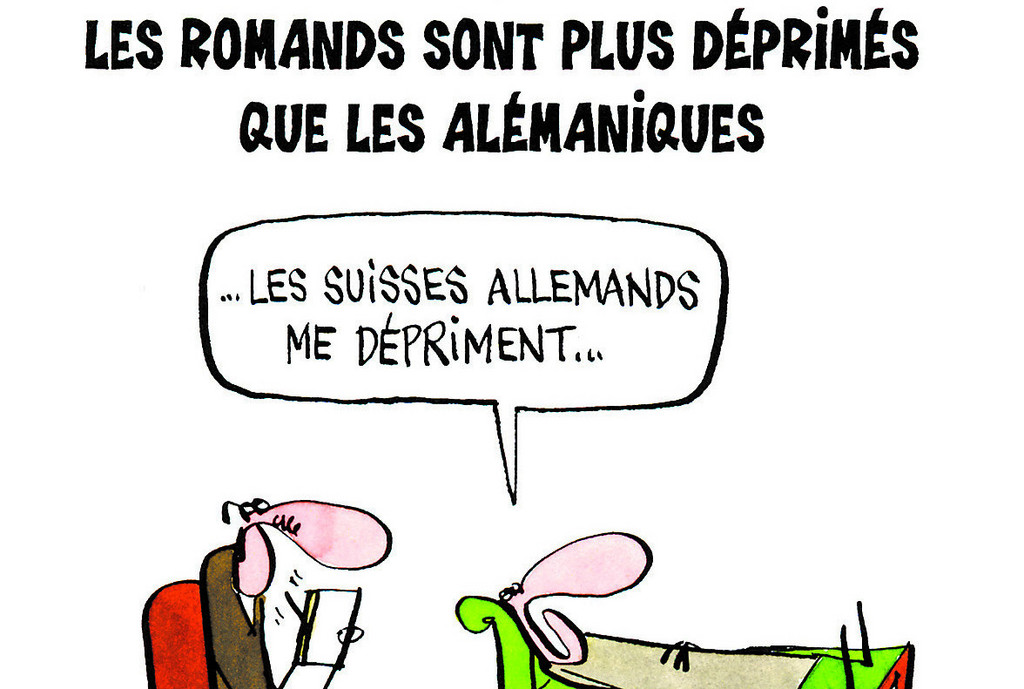
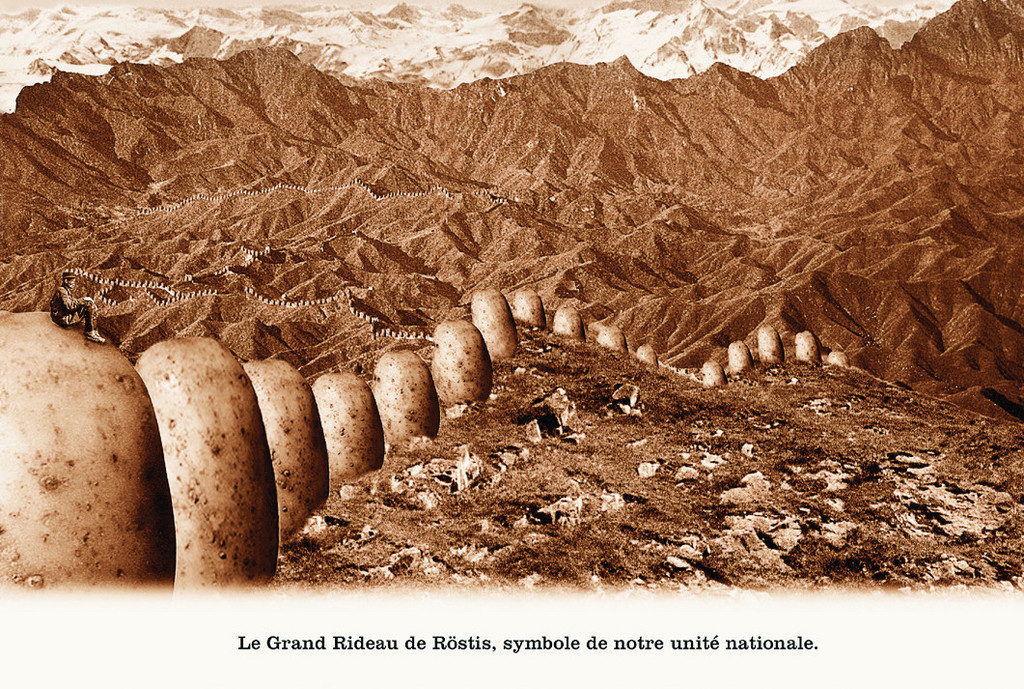
Comments